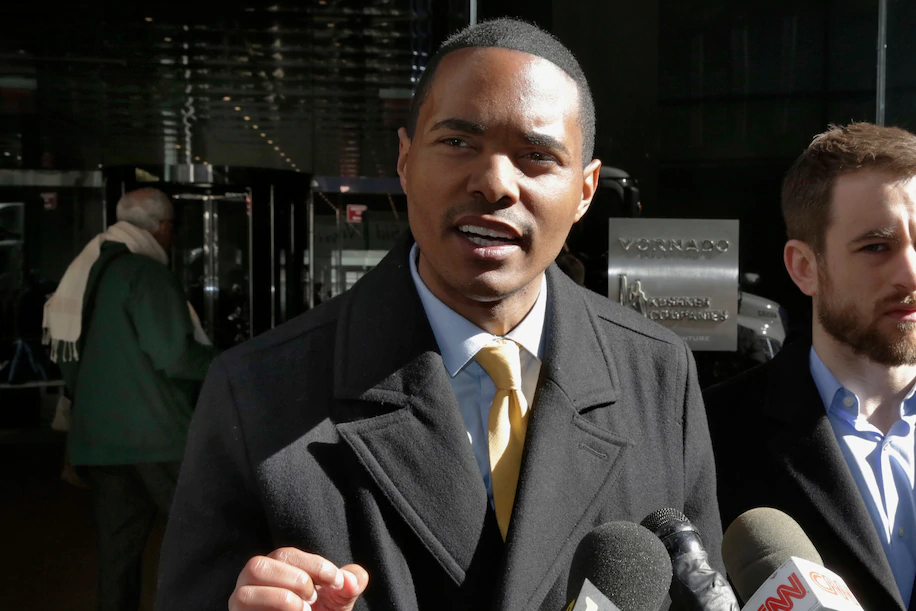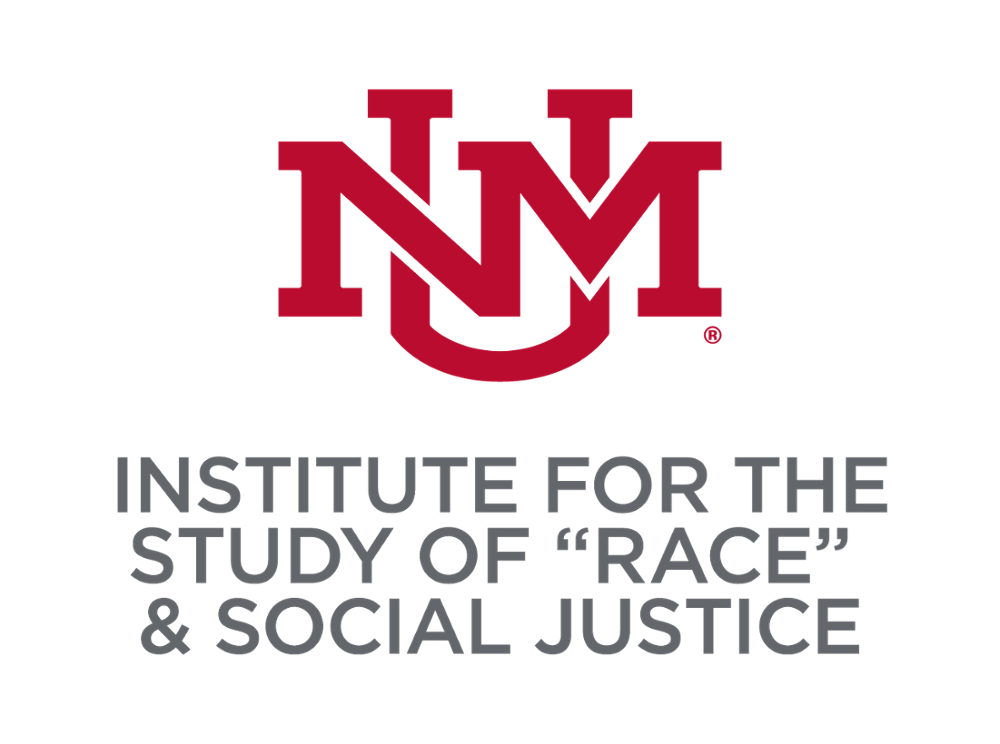I’m confident that I will be accepted, indeed embraced, when it comes to the House Democratic Conference, where more than 60 percent of members are women, people of color and LGBTQ, a level of diversity without precedent in the history of American politics.
But there is a caveat: The question of who I am racially will likely run into the binary buzzsaw of caucus politics. There is an antiquated rule that prohibits members of Congress from joining both the Congressional Black Caucus and the Congressional Hispanic Caucus. The wall of separation between the CBC and CHC ignores the realities of racial identity, which feels especially tone-deaf in this present moment. You have to pick a side, so to speak. You can be either black or Latino but never both. In real life, however, I am both. We Afro-Latinos refuse to be divided against ourselves by an arbitrary rule that bears no relation to how we experience identity in the real world.
Although an anachronism in our own time, the rule might have had its place at one point in history. Founded about a half-century ago, both caucuses were intent on establishing their political power and creating space for the issues affecting their communities.
When President Richard M. Nixon refused to meet with the Congressional Black Caucus, the CBC famously boycotted his 1971 State of the Union address, citing his “consistent refusal to hear the pleas and concerns of black Americans.” The action pressured Nixon to appoint a special committee to look into their list of recommendations.
After the 1976 elections, the Congressional Hispanic Caucus pressured President Jimmy Carter to appoint more Latinos after denouncing the lack of representation in his administration.
There have been many other important achievements, but it’s clear these caucuses have to bring their norms and rules into the 21st century to expand their influence and mission. The need for change is personal and political, as well as reflective of an evolution in how we conceptualize race in the United States. The very idea of intersectionality tells us to embrace the places at which identities intersect, rather than create false choices between them. I am both black and Latino — there’s no need to artificially barricade one from the other.
Racial identity is chosen and given. It is as much a product of the world’s perception of you as it is of your own conception of yourself.
When the world looks at me, it sees a black man, and that blackness — both real and perceived — has tangible consequences. I’m among the hundreds of thousands who were humiliated at the hands of the New York City Police Department during the height of stop and frisk, an aggressive police tactic that targeted mostly black men and was ruled unconstitutional as applied in the city. As a black man within the Latino community, I have felt the pain of colorism, including at the hands of my own family. My Afro-Latino identity enables me to see racism intersectionally, within multiple cultures and across multiple spheres, such as the criminal justice system, education and immigration, to name but a few.
Since the “either-or” rule is a policy of the Congressional Black Caucus, I have a personal plea to make to my future colleagues there: Expecting Afro-Latinos like myself to be politically alienated from our own blackness — at a time when Black Lives Matter has become the rallying cry of a racially awakened nation— is the cruelest of ironies.
When the CBC has internal debates about issues affecting black people — as it surely will in 2021 when I hope to enter Congress — I, as a black man, have a right to have a seat at that table. Denying me that would do great harm not only to me but to the hundreds of thousands of African Americans and Afro-Latinos I will likely represent in the South Bronx.
This is something I cannot accept. I am an agitator when I need to be, and agitate I will until this exclusionary rule is gone for good.


